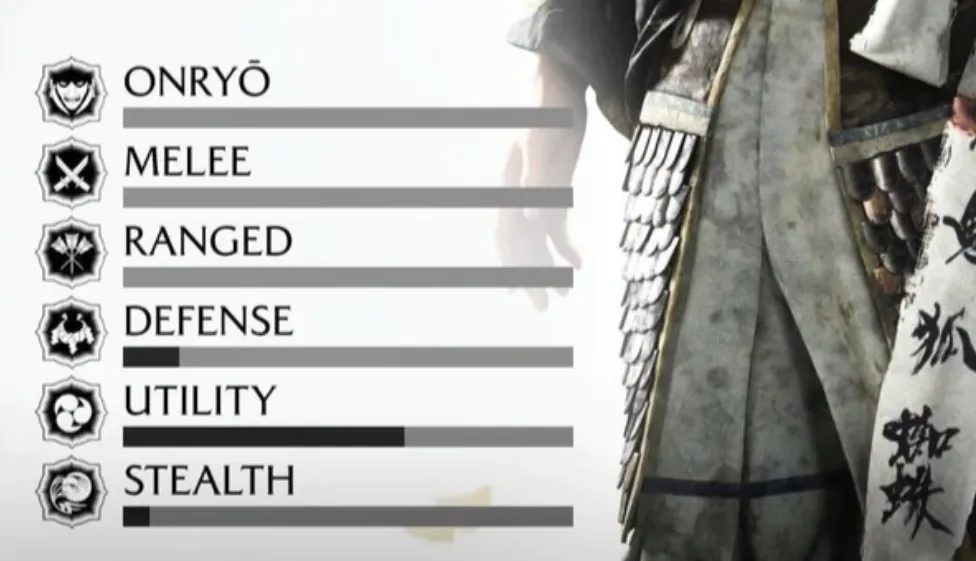If you’ve spotted “Onryo” beside Melee, Ranged, Defense, and Stealth on the loadout screen, it isn’t a stealth grade. Onryo is a specialization rating that reflects how much your current build leans into the game’s fear and spirit toolkit — things like terrifying enemies, triggering your wolf, and certain survivability and ranged utilities tied to the Onryo skill trees. It’s an at‑a‑glance bar, not a hidden percentage you can grind directly.
Onryo stat (loadout rating): what it is
The Onryo bar is a role indicator. Equip armor and skills that emphasize fear effects or Onryo techniques and the bar rises; pivot to defensive or utility gear and it falls. The underlying mechanics — chances to terrify, damage bonuses against terrified enemies, wolf appearance — are governed by the perks and techniques you’ve actually slotted or unlocked, not by the bar itself.
In short: the meter summarizes your build’s focus. The perks do the work.
What increases Onryo in practical terms
| Source | What it contributes |
|---|---|
| Onryo Armor (starting outfit) | Lists a +45 Onryo stat. Initially perkless, it gains fear-focused perks as it ranks up: kills with Spirit Attacks or thrown melee can terrify nearby enemies; terrified enemies take increased damage; terrified states can trigger the wolf to appear. |
| Spider Lily Armor | Also labeled with a +45 Onryo stat. Perks emphasize stagger (e.g., increased stagger damage, throwable drops) but still push your loadout’s Onryo rating up. |
| Onryo skill trees | Techniques under Attacks, Assassination, Survival, and Ranged that embody the “vengeful spirit” toolkit raise your Onryo emphasis. Notable examples: Onryo’s Strike (disarm with a chance to terrify), Onryo’s Will (self-revive using Spirit), Perfect Parry/Perfect Dodge counters, and Concentration upgrades for ranged play. |
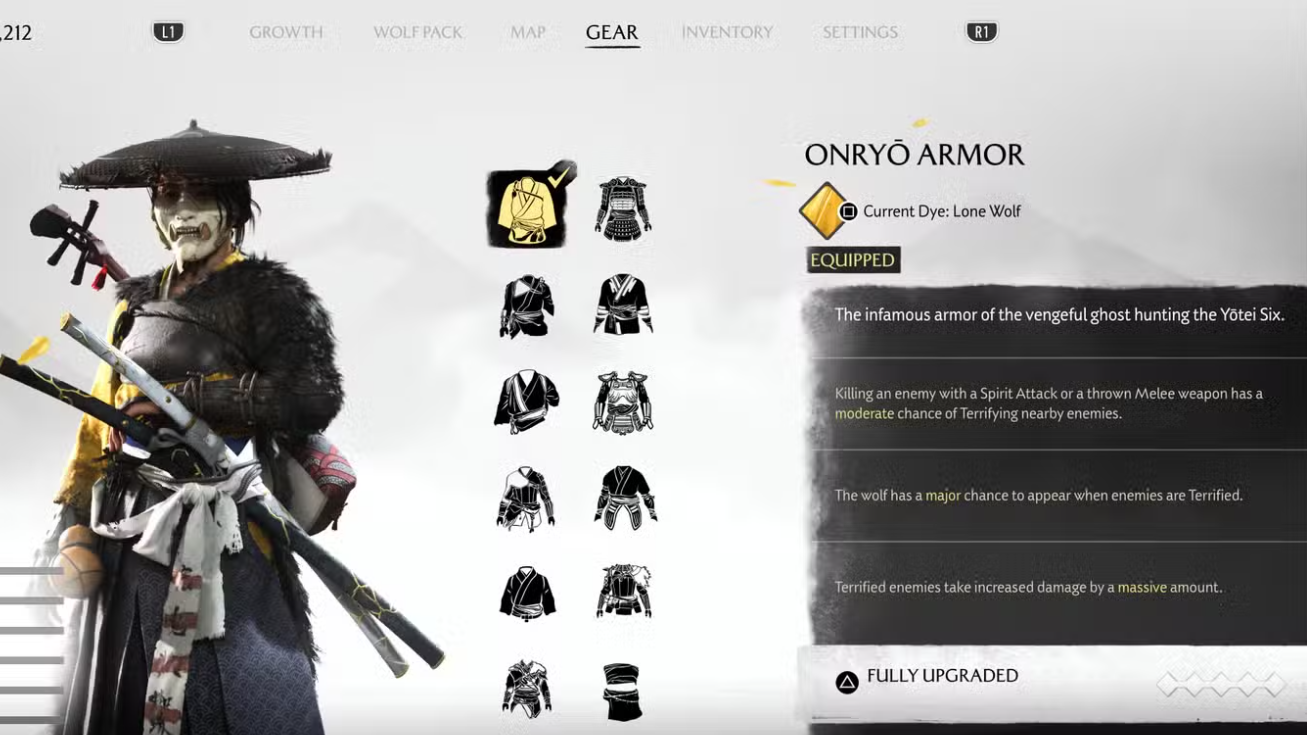
Swapping to generalist or defensive sets (like Taro’s Armor) will usually drop the Onryo bar and shift points toward Defense/Utility instead.
What the Onryo rating changes in combat
Raising the Onryo bar correlates with equipping more fear- and spirit-driven mechanics. Expect to see these effects if your build leans Onryo:
- Kills with Spirit Attacks or thrown melee have a chance to terrify nearby enemies (from armor/perks).
- Terrified enemies take extra damage (improves at higher Onryo Armor ranks).
- The wolf can appear when enemies are terrified (chance increases with certain upgrades).
- Onryo tree techniques add timing counters, disarms, and survivability (e.g., Perfect Parry/Dodge follow-ups, Onryo’s Will revive).
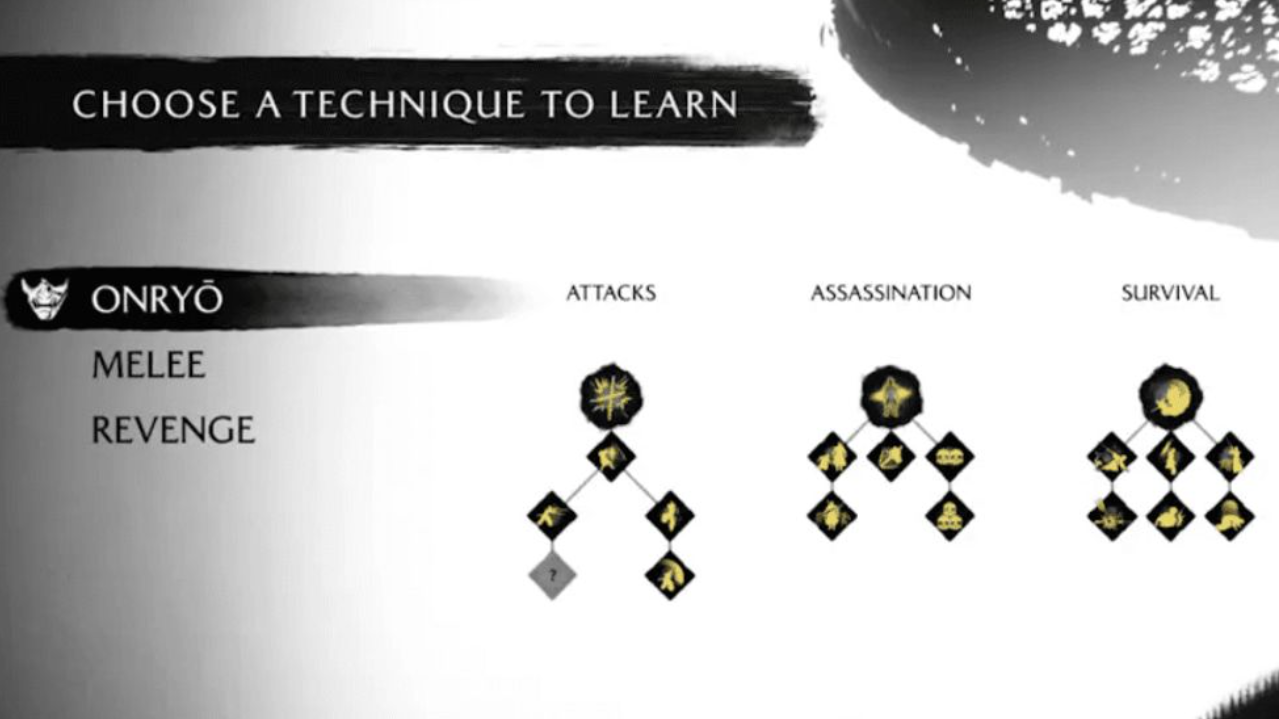
How Onryo Armor actually upgrades (the golden ginkgo prompt)
Onryo Armor doesn’t upgrade at the armorer and doesn’t consume materials. Its ranks unlock automatically as you clear key story milestones and eliminate major targets. If the game tells you to “follow the golden ginkgo leaf,” it’s nudging you to track a main tale or Revenge target and use the Guiding Wind to reach it.
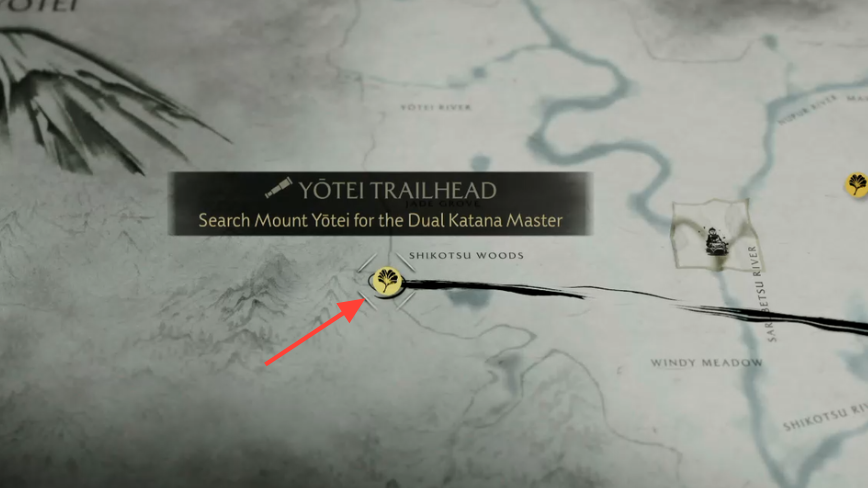
- Open the map and track a main story objective or a Revenge target card (golden ginkgo icon).
- Use the Guiding Wind to ride to the objective, complete the mission, or defeat the target.
- Onryo Armor ranks up on completion; perks become more reliable and more powerful with each rank.
Notable Onryo techniques to look for
- Onryo’s Strike (Attacks): Instantly strikes and disarms with a chance to terrify nearby enemies.
- Perfect Parry / Perfect Dodge (Attacks/Survival): Tight timing windows that slow time and open strong counterattacks.
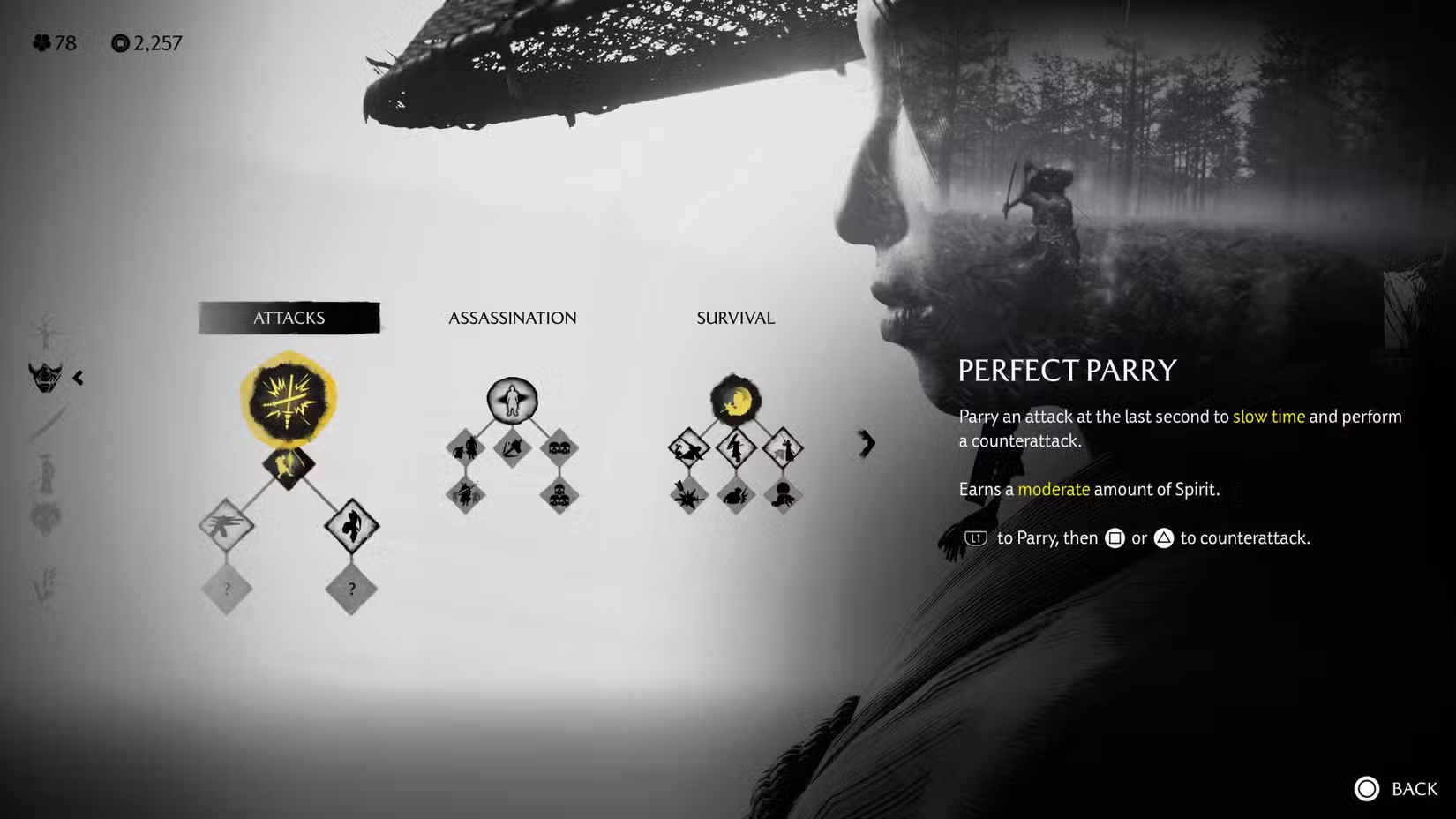
- Onryo’s Will (Survival): Spend Spirit to revive when downed; improved versions reduce the Spirit cost.
- Concentration suite (Ranged): Time-slowing aim and cooldown reductions that support a fear/control playstyle from range.
- Assassination line: Tools for thinning enemy groups, with some nodes that can terrify nearby foes when leaders fall.
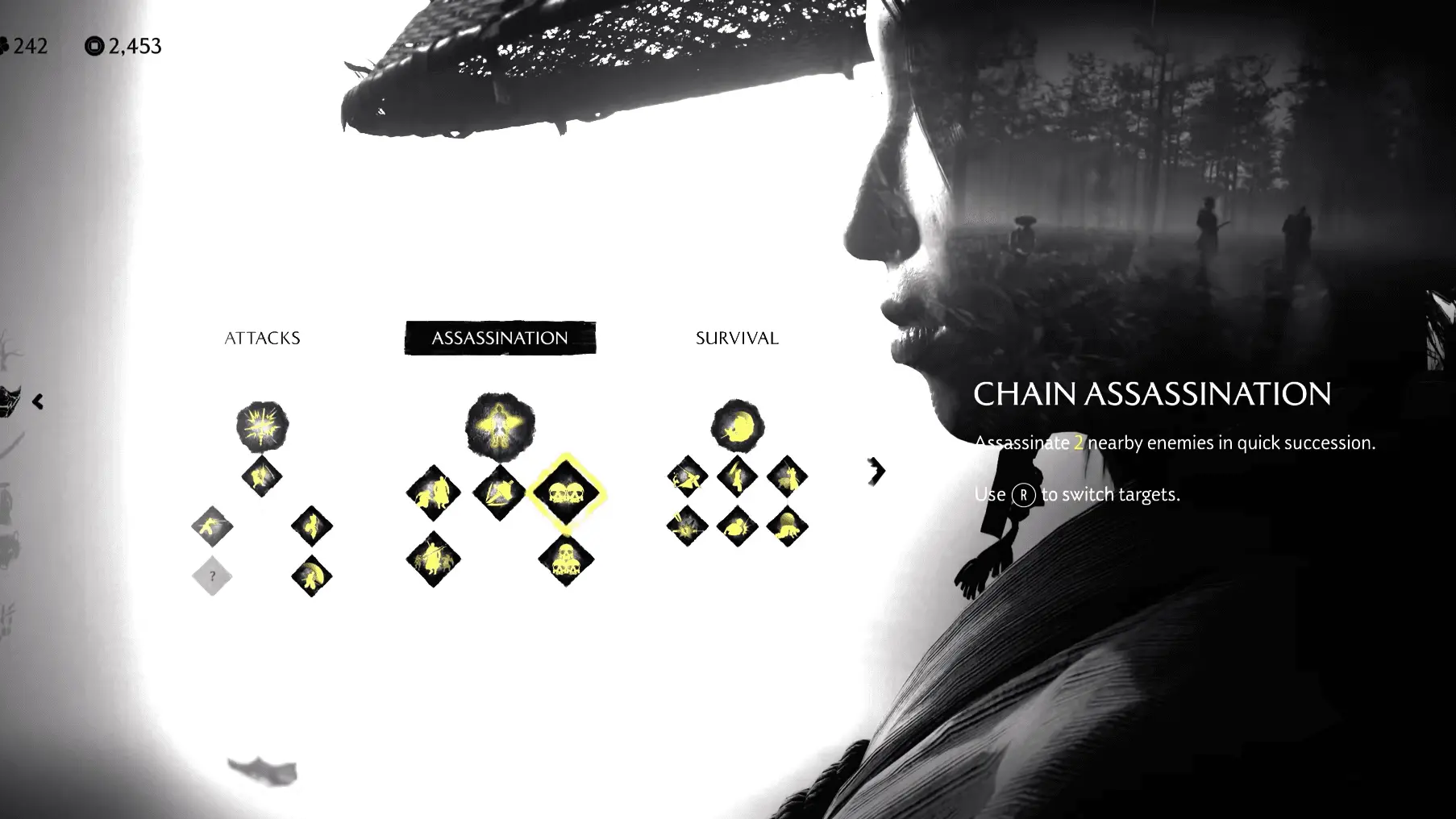
Quick answers
- Is there a “top” Onryo level on the loadout screen? The game doesn’t surface a numeric cap for the bar. Treat it as a relative rating that rises as you equip more Onryo-leaning gear and skills.
- Does Onryo equal stealth? No. Stealth has its own rating. Onryo centers on fear, spirit mechanics, timed counters, and related utility.
- Will the Onryo bar make enemies flee by itself? No. Fear procs come from perks/skills that explicitly cause terror. The bar reflects that those perks are in your build.
- Can I raise Onryo by spending materials? Not for the starting Onryo Armor. Progress the main tale and major targets to rank it up. Other armor and techniques will also shift the rating.
The simplest way to read it: if the Onryo bar is high, your kit is built to scare, punish, and outlast — and your perks are the reason it works. When you need more raw defense or a different specialty, swap armor and techniques and watch the rating rebalance.

